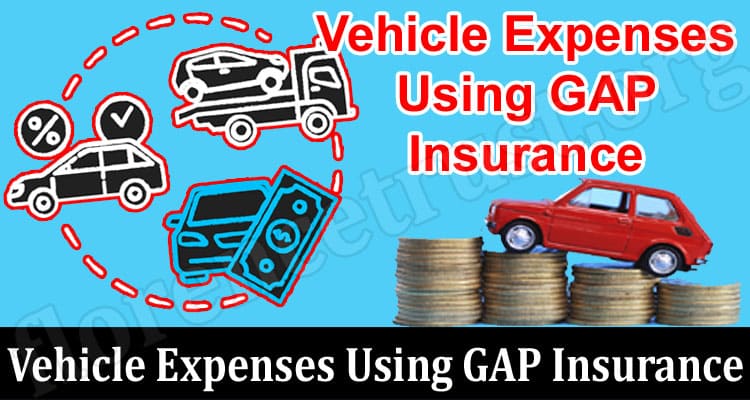Vehicle Expenses Using GAP Insurance: Having insurance on your motor vehicle becomes quite crucial – especially if you are traveling more frequently. Not only does it save you from unnecessary expenses, but gives you relief, in case the car breaks down.
Having GAP insurance on your vehicle is an added protection layer for your vehicle if your car has been completely damaged.
Understanding GAP insurance can be a little tricky.
Let us read further about what this insurance is – and how does it work?
In simple terms, it pays for the difference in compensation, when claiming the insurance cover, based on the current market value of the car. When a car is purchased, studies show that it depreciates almost 20%, the moment it leaves the showroom.
The current market value of the car is lesser compared to the loan being processed against the vehicle. The insurance protects the car’s compensation, based on the current market value of the car.
When an accident occurs, the GAP insurance covers the difference in amount, between the current market value (to be paid by the insurance provider) and the amount being paid by you, the customer – on facing an accident.
Thus, it acts as an additional umbrella of protection, against rainy days.
Buying GAP insurance is beneficial under certain conditions only.
When should you buy GAP insurance?
The following conditions are when you should buy GAP insurance:
- During the purchase of the vehicle, your downpayment is just 20% of the total value of the vehicle.
- The time limit for financing is 5 years or more.
- Vehicles with high depreciation compared to their peers
- When planning to lease your vehicle. Leasing the vehicle often mandates the use of GAP insurance.
Example of GAP insurance
The following example shows us how GAP insurance can be helpful in mitigating financial losses. Suppose you bought a new car, that depreciates at the rate of 20%, at $28,000. An initial down-payment of 10% was made, which means the remaining amount to be paid stands at $25,200.
For the sake of convenience, we assume the financing is done at 0% interest, on the 5-year auto loan. Now, the remaining amount after making a $420 monthly payment, for a year is $20,160.
After a year, your vehicle gets totaled, and the current value of the vehicle stands at $19,600, considering a 30% depreciation. According to the insurance policy, it will cover the losses as per the current value of the car, you would have to pay $560 out of your pocket.
With GAP insurance, the GAP payout becomes $560, thus your out-of-pocket expenses become zero.
This is how GAP insurance helps you in protecting yourself against losses due to the depreciation of the value of the car.


